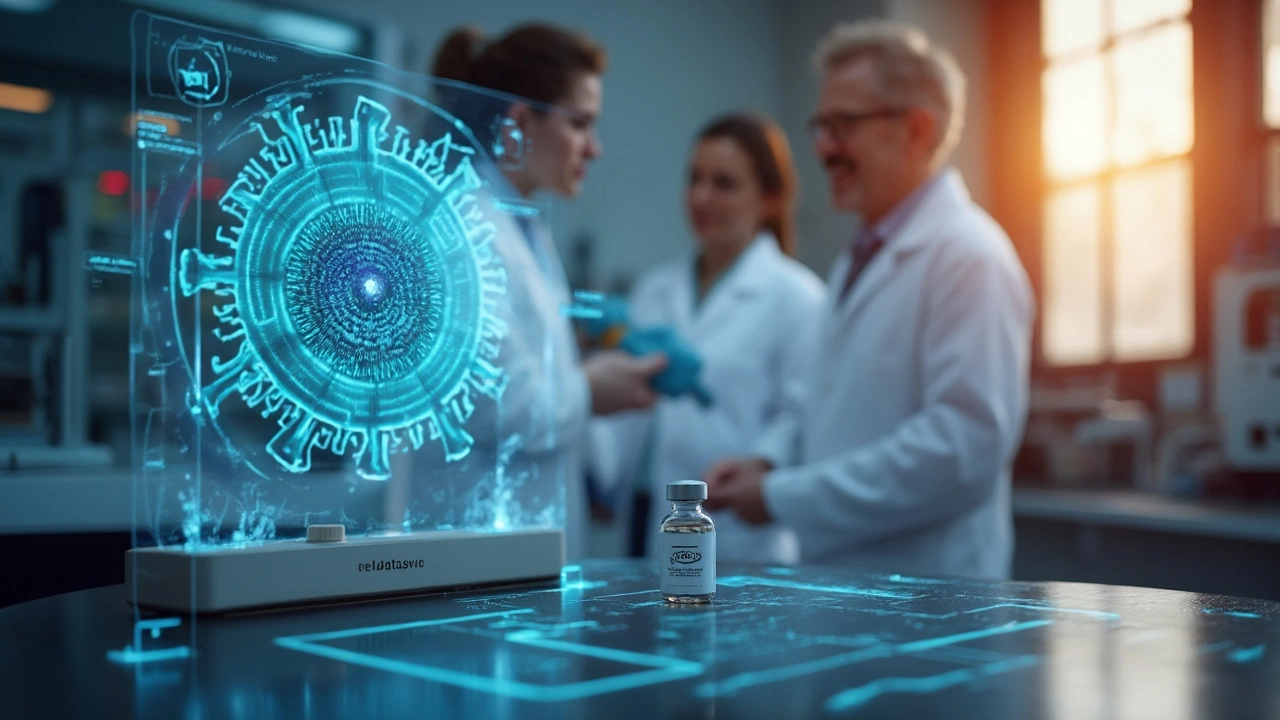Drug Resistance: What It Is and How to Fight It
Ever taken an antibiotic that used to clear up a cold fast, but now it seems to do nothing? That’s drug resistance showing up in real life. It means the bug or the body has changed enough that the medicine no longer works the way it should. When resistance spreads, simple infections can become serious, and treatments that cost more and have more side effects become the only option.
Resistance isn’t just about antibiotics. Cancer cells, HIV, and even parasites can become tougher against the drugs designed to kill them. The common thread is that living things evolve. When we use a drug, we create pressure that pushes the target to find a way around it. If the target survives, it multiplies, and the next round of treatment meets a harder enemy.
Why Resistance Happens
Every time you take a medication, a tiny fraction of the germs or cells may survive. Those survivors often have tiny genetic changes that let them shrug off the drug. The more often you expose them, the more chances they have to build up these changes. Skipping doses, stopping early, or using the wrong drug for the wrong bug gives them exactly the environment they need.
Another big driver is the over‑use of medicines in agriculture and animal farming. When animals get low‑dose antibiotics for growth, bacteria in their guts learn to dodge the drugs and can jump to humans through food or the environment. This adds more resistant strains to the pool we already fight.
Travel, hospitals, and crowded places also help spread resistant germs. A single resistant strain can travel across continents in a few days, making local outbreaks a global problem.
Tips to Keep Your Meds Working
Follow the prescription exactly. If a doctor says seven days, finish all seven. Even if you feel better, stopping early leaves survivors behind. Set a reminder on your phone if you tend to forget doses.
Never use leftover pills for a new illness. Different infections need different drugs, and re‑using old meds can give the bug a chance to learn. If you’re not sure whether you need an antibiotic, ask a pharmacist or doctor for a quick check.
Ask about narrow‑spectrum antibiotics when they’re appropriate. These target the specific bug you have, leaving the rest of your helpful microbes untouched. Preserving the good bacteria reduces the chance that resistant ones will fill the gap.
Stay up to date on vaccinations. Preventing infections means fewer chances to take antibiotics and less pressure for resistance to develop. Simple shots like the flu vaccine can keep you healthy and keep germs from evolving.
Finally, practice good hygiene. Wash hands regularly, keep wounds clean, and avoid sharing personal items. The fewer germs you encounter, the less often you need medication, and the lower the overall resistance pressure.
Drug resistance can feel overwhelming, but everyday choices make a big difference. By using medicines responsibly, staying vaccinated, and keeping clean, you help protect the effectiveness of the treatments we all rely on.

